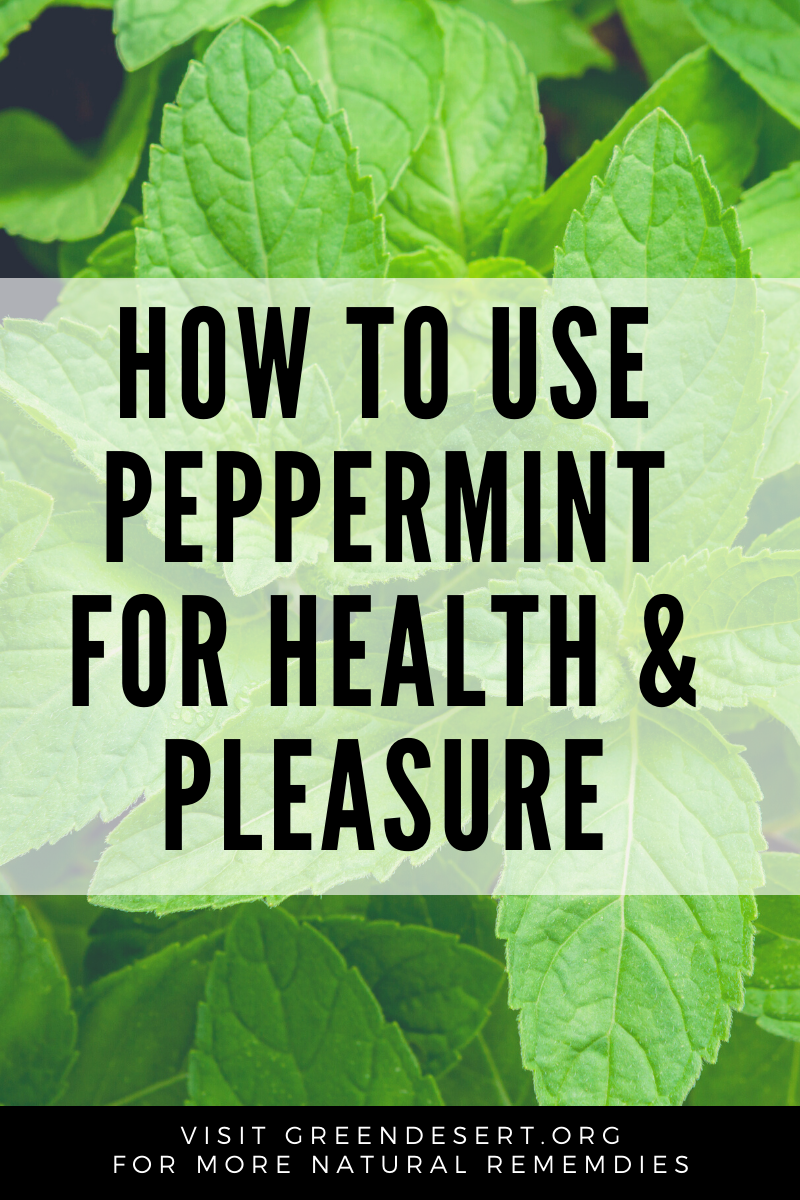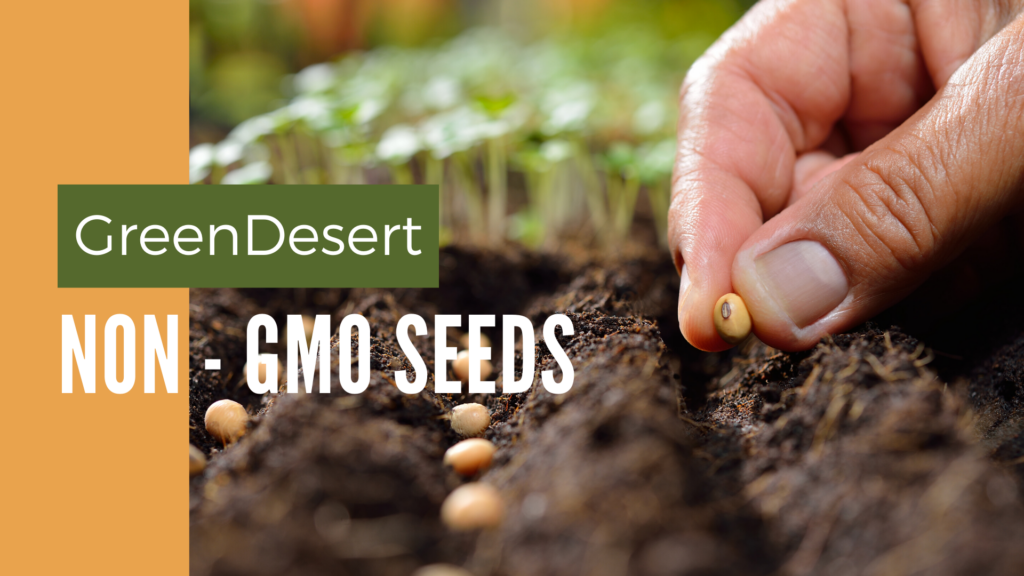How to use peppermint for health
Peppermint isn’t just a classic holiday flavor – there are so many benefits to peppermint that I was shocked to find out! Most of us see peppermint flavored snacks and treats everywhere – gum, candy canes, peppermint bark, peppermint mochas, and so many more mint items! But nothing beats fresh, authentic peppermint. Let’s break it down.
Peppermint is in the mint family and is actually the result of a cross between watermint and spearmint. Peppermint is indigenous to the Middle East and Europe, but is now grown all over the world because of its popularity. It has even been used for thousands of years in homeopathic medicine as well as to garnish and flavor food. In fact, peppermint itself contains menthol and limonene, which are natural essential oils. (They are to thank for mint’s cooling and refreshing taste and scent!) Peppermint’s properties are what makes this little green, leafy perennial herb so powerful.
If you struggle with gas, bloating, indigestion, or frequent stomach aches, peppermint is for you! Studies conducted with animals have shown that peppermint extract can relax the muscles in the digestive system from contracting, which causes gastric pain and gas. Another study was done on humans with IBS (irritable bowel syndrome) who saw symptom relief from taking peppermint oil capsules more so than patients who received a placebo. In both of these cases, enteric-coated peppermint oil capsules were given to the patients because they allow the oil to pass through the stomach so it can later be dissolved in the intestines, where it really gets to work! Try to stay away from non-enteric tablets of peppermint oil, because some people have experienced heartburn and nausea after taking them, likely because the tablets dissolved in the stomach before reaching the intestines. While very little research has been done on tea, scientists say that peppermint tea should have similar effects on the body.
But that’s not all!
Feeling sick? Well, peppermint can help with that too. Having clogged sinuses and a sore throat are no fun, especially this time of year. Peppermint actually has antiviral and antibacterial properties that can help clear your sinuses and relieve inflammation due to infection. The menthol in warm peppermint tea will soothe your scratchy throat and ease coughing. So, drink some peppermint tea when you have a cold or flu for less throat irritation and clearer nasal passages. Plus, it’s caffeine free so you can get better rest!
HOW TO GROW IT
Now that you know the benefits of peppermint, you need to know how to grow it! Peppermint is an adaptable plant, but will grow best in a cool, moist climate. It is best suited with partial or full sunlight, but if it is above 85 degrees where your peppermint is growing, you will need to make sure to shade it for up to 2-3 hours. Peppermint also needs a lot of water to keep itself and the soil moist. Keep in mind, peppermint does have a tendency to spread and take over, which is great for me because I like to dry the leaves so I have it all year long for tea. But if you want a little more control, it may be best to plant in a small pot or contained area.
To grow peppermint from the seed, lightly press the seeds into moist soil (spaced 18-24 inches apart if growing multiple bundles). Typically, the seedlings will emerge within 7-20 days. Happy planting!
Let us know if you use peppermint & stay healthy!
Don’t forget, we have an entire page of natural remedies to treat all sort of ailments.




